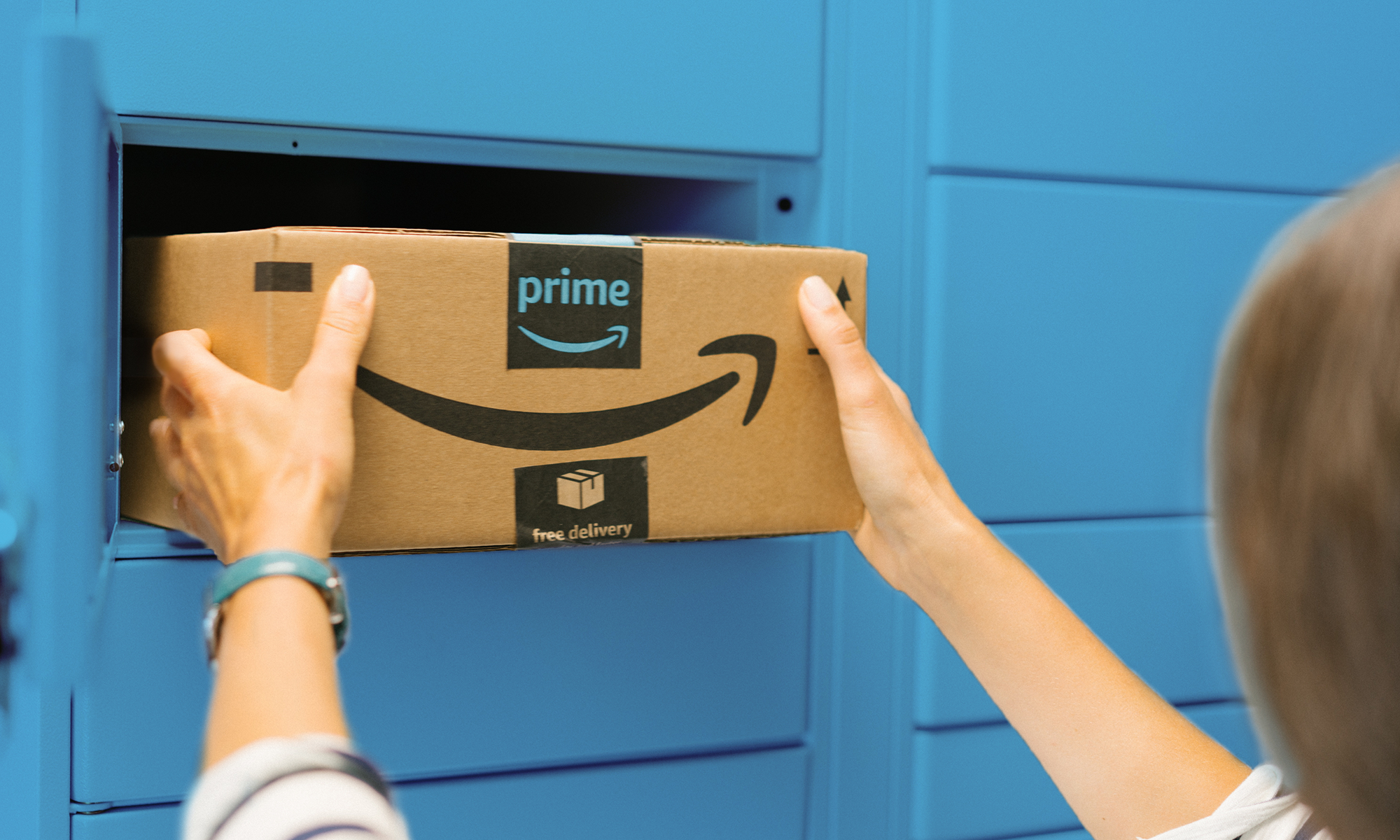In the future, Amazon (AMZN +1.98%) could find itself in a bit of a pickle. The company has been increasing costs faster than it can grow revenues, which, over the long term, is an unsustainable trend. A lot of the blame has been placed on Amazon Prime, despite being attributed with driving increased spending with members.
Last quarter, fulfillment costs rose more than 38% year over year, and technology and content costs rose 46%; yet total sales only grew by 22%. In other words, the short-term costs associated with running Amazon Prime appear to be far greater than the short-term benefit. Investors continue to justify this unsustainable trend because the company has made it clear that growth is currently a higher priority than profitability.
Quite frankly, investors are correct for making the assumption that profitability will come at a later time.
Plans B,C, and D
Between the third-party sellers, new fulfillment centers, and the prospect of creating an advertising network that could rival Google, the company has just a few margin-enhancing opportunities in the pipe. Naturally, some of these opportunities cost more than others to implement in the short-term.
Third-party sellers give Amazon an opportunity to collect commissions on items while incurring fewer costs. Last quarter, third-party sellers accounted for 40% of product sales, which represented an increase of 1% from the year prior. Should more third-party sellers look to Amazon as a commerce platform, it could provide an added boost to its razor-thin operating margin.
The fact that Amazon is planning to reduce its two-day shipping time by one day could have significant implications for the company's long-term profitability. In order to accomplish this, Amazon must make the necessary investments that will improve fulfillment efficiency and shipping times, which will ultimately reduce shipping costs and boost margins. The short-term consequence of this ambition is that fulfillment costs have temporarily ballooned, because Amazon is currently building out a network of strategically placed fulfillment centers.
As far as an ad network is concerned, Amazon is sitting on a treasure trove of transactional data that could prove to be extremely valuable against the likes of Google. Although Google understands user intent when they search for a product, it has very little information pertaining to the final sale. Knowing what a user actually purchases could translate into big advertising bucks for Amazon, which could provide a significant boost to margins. In terms of an addressable market, eMarketer believes the U.S. digital ad market will reach $50 billion by the year 2015.
Front-end loaded
Amazon is a company that has consistently told investors that it's willing to sacrifice profit so that it can invest in and grow its long-term addressable market. To that end, Amazon is currently making the necessary investments today so that it can secure its profitability in the future. Unless Amazon fails to deliver on this promise, there isn't much for investors to question here.






